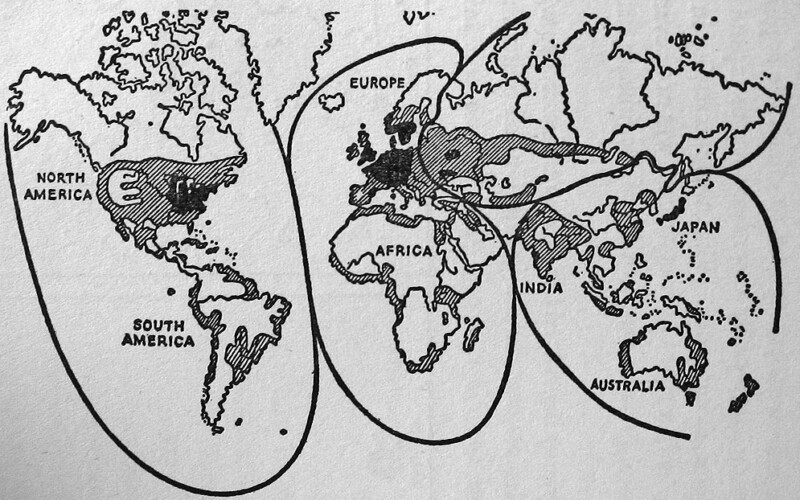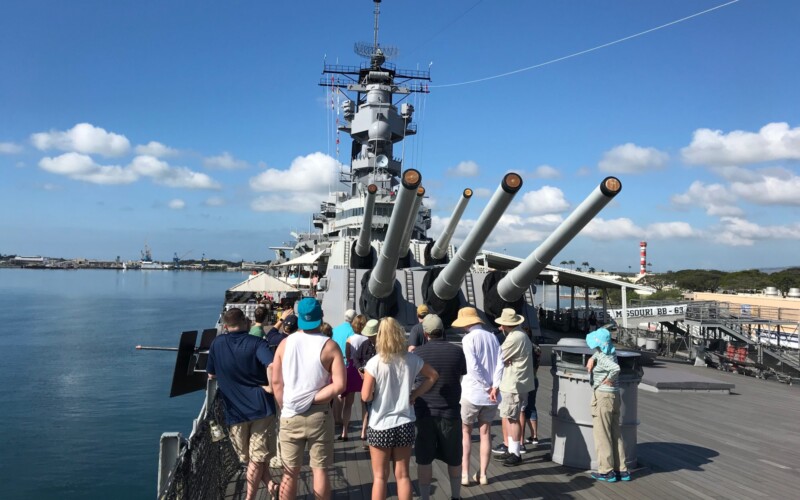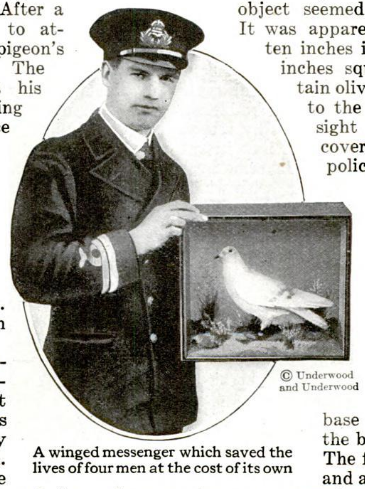We have experience hosting a range of audiences, from college classes to birthday parties to company outings, and we customize our tours to meet your group’s interests and needs.
Book a private tour today
Maps hold the power to organize and explain the world beyond what we can observe with our own eyes, making them extremely powerful political tools. Maps that express a geopolitical …
Read more

Since we began working at the Brooklyn Navy Yard nearly ten years ago, the Yard has become a huge part of our lives and our identity, both as a company …
Read more

After a hiatus of 115 years, a vast squadron of homing pigeons has returned to the Brooklyn Navy Yard. This weekend marks the opening of Fly By Night, an ambitious …
Read more
